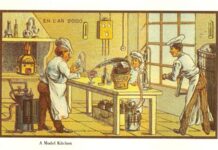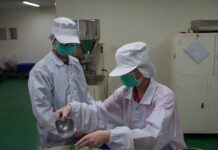[su_youtube url=”‘https://www.youtube.com/watch?v=dpxZUjcKC94″]
The 3D printing process transforms edible pasts, powders and gels, made of ingredients as diverse as chocolate, vegetables or animal proteins, into proper meals. Scientists and chefs have been working together to create visually attractive and nutrient-rich meals.
Digital food can address some of the current food industry’s challenges, such as the ecological sustainability of food production or the nutritional deficiencies in developing nations’ inhabitants.
Sources:
ScienceDaily
Yang, F., Zhang, M., & Bhandari, B. (2015). Recent Development in 3D Food Printing Critical Reviews in Food Science and Nutrition DOI: 10.1080/10408398.2015.1094732
Lupton, Deborah and Turner, Bethaney, ‘Both Fascinating and Disturbing’: Consumer Responses to 3D Food Printing and Implications for Food Activism (June 22, 2016). Digital Food Activism, edited by Tanja Schneider, Karin Eli, Catherine Dolan and Stanley Ulijaszek, by Routledge, London, Forthcoming. Available at SSRN:http://ssrn.com/abstract=2799191




